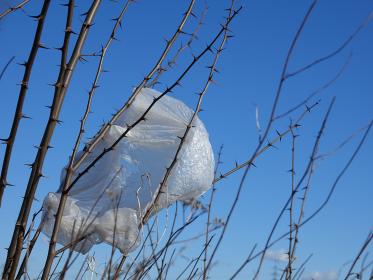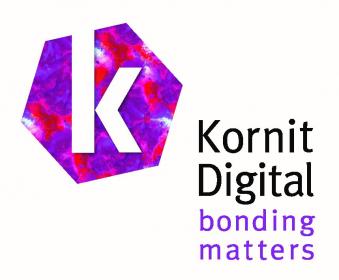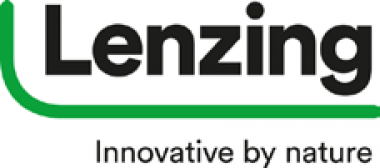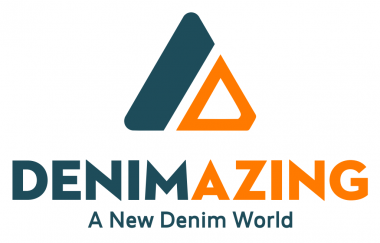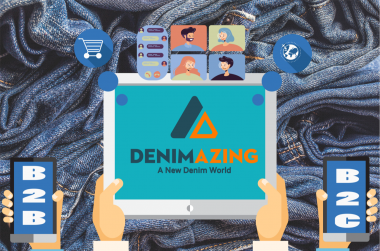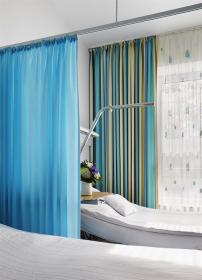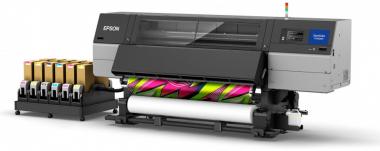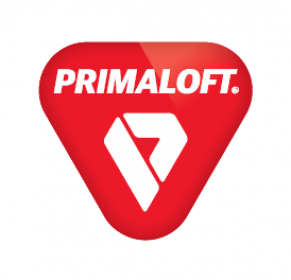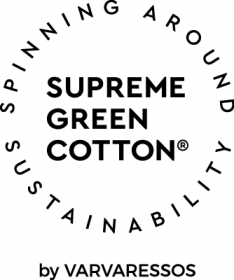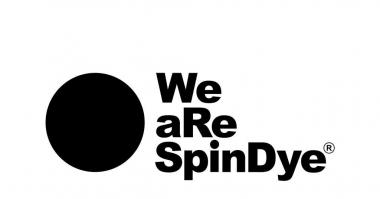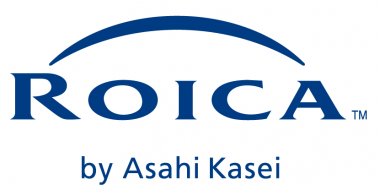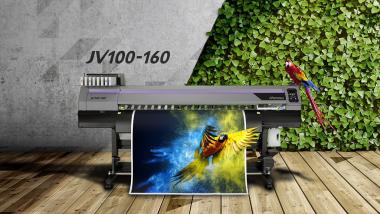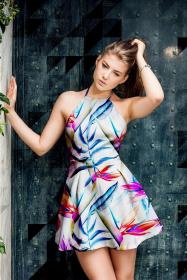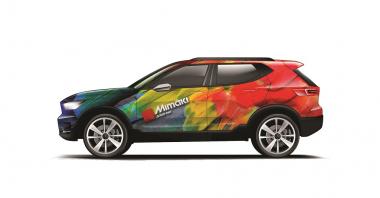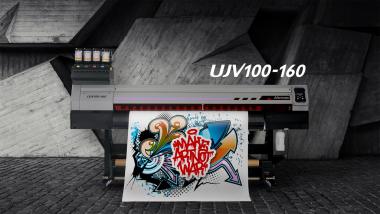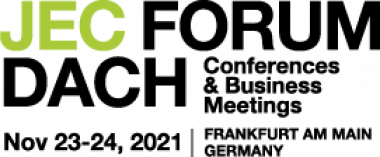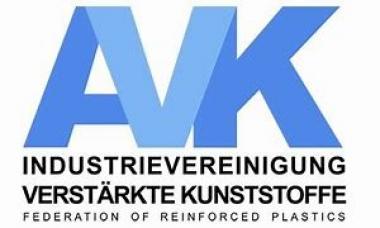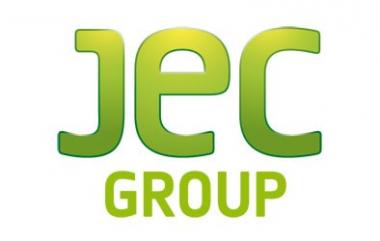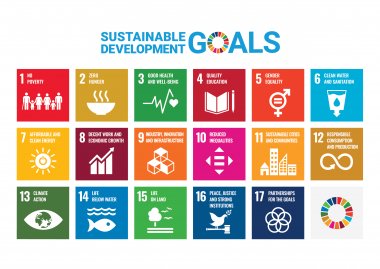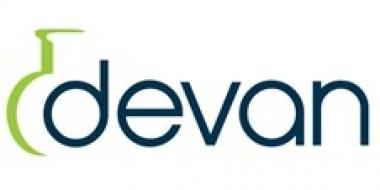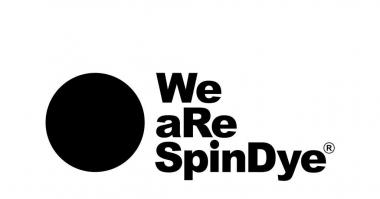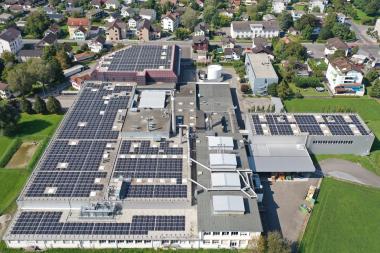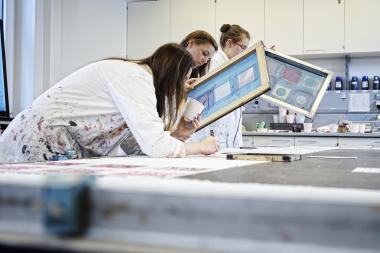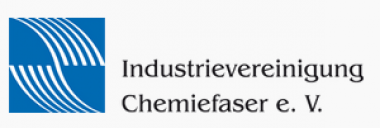Fraunhofer: Kompendium zu Kunststoff in der Umwelt
Was ist Mikroplastik genau? Welche Bewertungsverfahren für Kunststoffeintrag in die Umwelt gibt es? Worin unterscheiden sich Duroplaste, Thermoplaste und Elastomere? Das neu erschienene »Kompendium Kunststoff in der Umwelt« zielt darauf ab, solch grundlegende Fragen rund um Plastik in der Umwelt zu beantworten – völlig unabhängig von bestimmten Fachdisziplinen. Das Kompendium dient als Hilfsmittel, um den gesellschaftlichen und wissenschaftlichen Diskurs zu diesem Thema auf eine gemeinsame fachliche Basis zu stellen.
Das Themenfeld Plastik in der Umwelt ist für unterschiedliche Fachdisziplinen relevant. Definitionen und Fachtermini rund um Kunststoffe werden allerdings oft fachspezifisch bzw. kontextbezogen genutzt. Entsprechend existieren für einen Begriff zuweilen unterschiedliche Bedeutungsebenen. Um eine gemeinsame Basis im Diskurs zum Thema Plastikverschmutzung und seine Auswirkungen auf Mensch und Umwelt zu schaffen, haben Wissenschaftler*innen das 54 Seiten umfassende Kompendium »Kunststoff in der Umwelt« erstellt. »Für eine inter- und transdisziplinäre Zusammenarbeit zu Kunststoff in der Umwelt ist ein gemeinsames Grundverständnis unabdingbar«, erklärt der federführende Autor Jürgen Bertling des Fraunhofer UMSICHT.
Einheitliche Definitionen auf Deutsch und Englisch
Das im März auf Deutsch erschienene »Kompendium Kunststoff in der Umwelt« adressiert die Fachöffentlichkeit, beantwortet aber auch grundlegende Fragen rund um Plastik in der Umwelt. Somit kann es auch als Hilfsmittel für Behörden, Politik, Medien, Umweltorganisationen und die interessierte Öffentlichkeit genutzt werden. Die englische Version ist derzeit noch in Bearbeitung. Es wurde auch erarbeitet, um eine einheitliche Sprachregelung innerhalb des BMBF-Forschungsschwerpunkts »Plastik in der Umwelt« sowie in der Kommunikation nach außen zu unterstützten.
In insgesamt 13 Kapiteln werden die jeweils wichtigsten Begriffe und Definitionen benannt, erläutert und kontextualisiert. Das Kompendium arbeitet dabei vor allem mit bestehenden Definitionen (u. a. DIN/CEN/ISO-Normen oder rechtliche Definitionen aus der bundesdeutschen Gesetzgebung); eine eigene Definitionsarbeit wird nur sehr begrenzt geleistet. Dabei wird im Einzelfall verdeutlicht, wie Begriffe korrekt verwendet und welche Begriffe nicht gebraucht werden sollten. Das Kompendium beinhaltet zudem ein Stichwortverzeichnis, sodass die Erläuterungen zu gesuchten Begriffen schnell ausfindig gemacht werden können.
Das Kompendium »Kunststoff in der Umwelt« wurde im Rahmen des Querschnittsthemas »Begriffe und Definitionen« des BMBF-Forschungsschwerpunkts »Plastik in der Umwelt« erarbeitet. Wissenschaftler*innen aus den Verbundprojekten ENSURE, EmiStop, Innoredux, InRePlast, MaReK, MicBin, MicroCat»ch_Balt, MikroPlaTaS, PlastikBudget, PLASTRAT, RAU, ResolVe, RUSEKU, revolPET, SubµTrack und TextileMission haben sich aktiv an der Erstellung des Kompendiums beteiligt.
Fraunhofer-Institut für Umwelt-, Sicherheits- und Energietechnik UMSICHT


